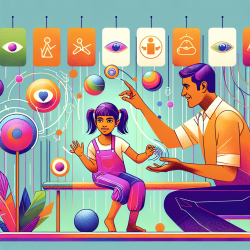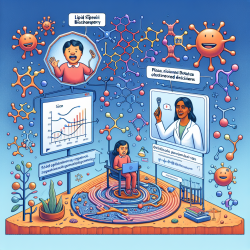The study aimed to verify the stability of the Communication Function Classification System (CFCS) in children aged 2 to 18 years with CP. The CFCS is a tool designed to classify the communication levels of individuals with CP, and its stability over time is crucial for effective prognosis, decision-making, and counseling.
Key Findings
- High agreement rates were found in children aged 4 years and older over 1-year and 2-year intervals.
- Lower agreement rates were observed in children aged 2-4 years, indicating variability in communication function at younger ages.
- The study suggests periodic reassessment of CFCS levels, especially in children younger than 4 years, to account for developmental changes.
Implications for Practitioners
Understanding the stability of the CFCS can guide practitioners in tailoring their interventions more effectively. Here are some practical steps to implement these findings:
1. Periodic Reassessment
Regularly reassess the CFCS levels of children, particularly those under 4 years old. This allows for timely adjustments in therapeutic approaches based on the child's evolving communication needs.
2. Holistic Evaluation
Incorporate a comprehensive assessment strategy that includes direct observation, as well as feedback from parents and teachers. This multi-faceted approach ensures a more accurate understanding of the child's communication abilities.
3. Customized Interventions
Utilize the data from periodic CFCS assessments to design personalized intervention plans. For example, children showing significant changes in CFCS levels may benefit from intensified or modified therapy programs.
Encouraging Further Research
The findings also highlight the need for further research to understand the factors influencing changes in CFCS levels. Future studies could explore the impact of specific interventions, environmental factors, and co-morbidities on communication function stability.
To read the original research paper, please follow this link: Stability of the Communication Function Classification System among Children with Cerebral Palsy in South Korea










